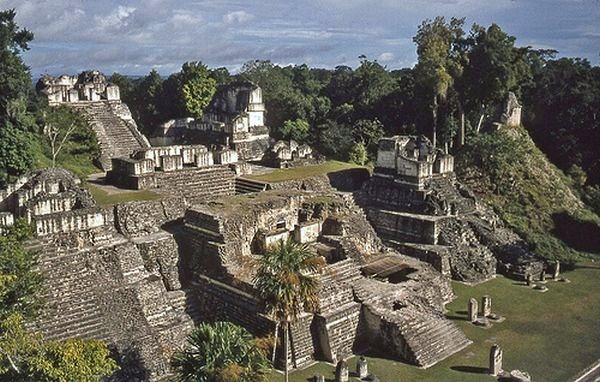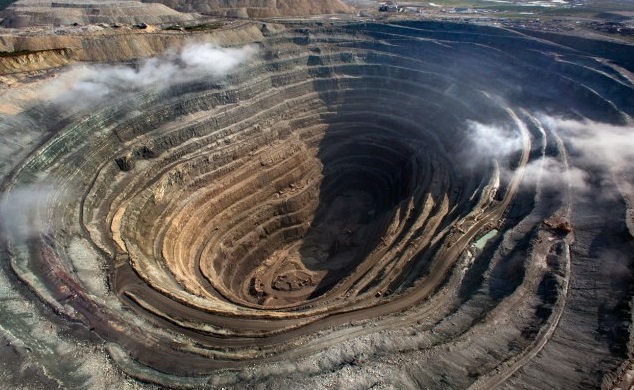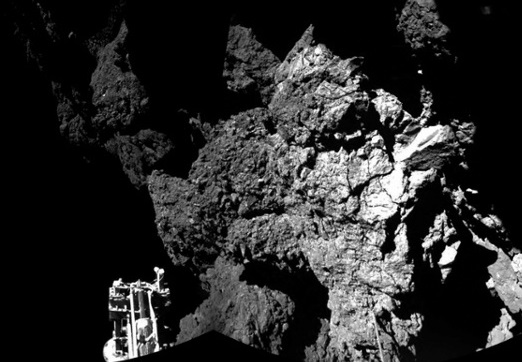The Mayas were an American Indian people of Yucatan and Belize and Guatemala civilization, and they had a culture that was characterized by outstanding architecture and pottery as well as astronomy between AD 300 and 900; but their sudden disappearance from the face of the earth has been a thing of utmost conjectures and concern to scientists. They wanted to know why the people got wiped out, while their architecture and potteries and other relics of ancient existence have survived them.
But then, mineral extractions from “Blue Hole”, a popular underwater cave found in Belize, has indicated that a great drought appeared to have occurred at the exact time the Mayan civilization was on the decline, leading to their eventual destruction.
It is believed from analyzed sediments that a long drought occurred between 800 AD and 900 AD, prompting the Mayans to move north when the rains eventually came, but it appeared another stretch of enduring drought brought the Mayans to their end.
Andre Droxler, a researcher from Rice University examined mineral deposits at the Great Blue Hole – which is a 1,000-foot crater almost 40 miles off the coast of Belize – and analyzed the composition of titanium to aluminum. Being a big bucket that served as a sediment trap, the researchers found that considerable amounts of titanium from volcanic rocks ended up in the Atlantic Ocean during the rain period, but titanium appeared to run out during the dry periods.
And since lesser amounts of titanium indicated droughts that must have occurred during the decline of the Mayans, “The team found that during the period between A.D. 800 and A.D. 1000, when the Mayan civilization collapsed, there were just one or two tropical cyclones every two decades, as opposed to the usual five or six.” Cyclones are strong storms that could prove destructive, and as it mounted up at the Mayan society, scientists discovered that decreased rainfall or droughts contributed to the fall of the Maya people, culture and civilization.




